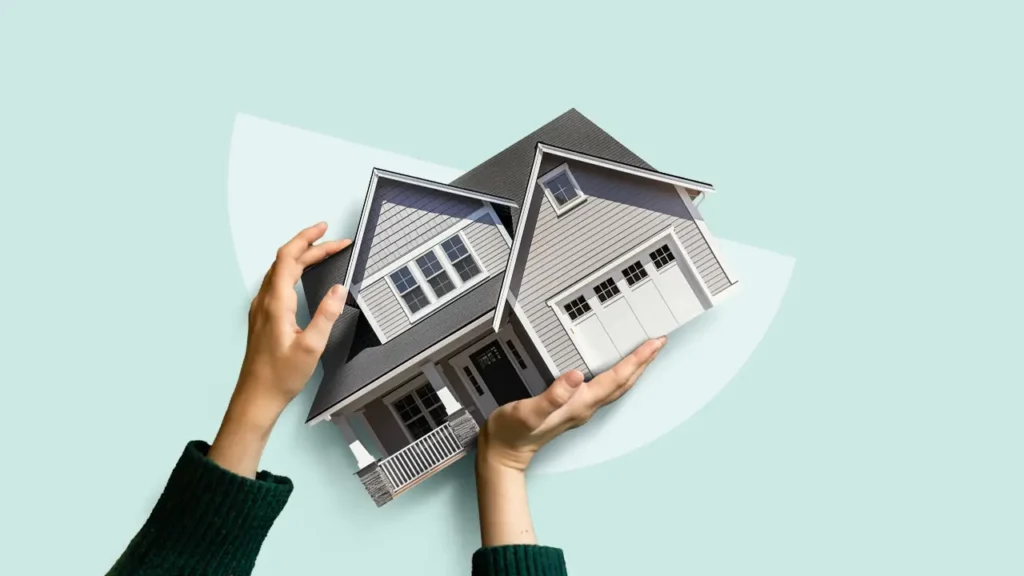Choosing the right mortgage is one of the biggest financial decisions when buying a home. Two of the most common options are the adjustable-rate mortgage (ARM) and the fixed-rate mortgage. Both have advantages and disadvantages depending on your financial goals, how long you plan to stay in the home, and market conditions.
In this guide, we’ll break down the difference between an ARM and a fixed-rate mortgage, so you can make an informed choice that suits your needs.
What Is a Fixed-Rate Mortgage?
A fixed-rate mortgage is a home loan with an interest rate that stays the same for the entire term of the loan—usually 15, 20, or 30 years.
Key Features
- Stable monthly payments: Your principal and interest stay consistent.
- Easier budgeting: Great for long-term homeowners who want predictability.
- Higher initial rates: Fixed-rate loans typically start with a higher interest rate than ARMs.
When to Choose It
Choose a fixed-rate mortgage if:
- You plan to stay in the home for 7+ years.
- You want predictable monthly payments.
- You expect interest rates to rise.
What Is an Adjustable-Rate Mortgage (ARM)?
An adjustable-rate mortgage has an interest rate that changes periodically after an initial fixed period (e.g. 5, 7, or 10 years).
Key Features
- Lower initial rate: Usually lower than fixed-rate mortgages for the first few years.
- Rate adjustments: After the fixed period, your rate may go up or down based on market trends.
- Caps apply: There are limits to how much your interest rate can increase each adjustment and over the life of the loan.
When to Choose It
Choose an ARM if:
- You plan to move or refinance before the rate adjusts.
- You want to take advantage of a lower introductory rate.
- You expect interest rates to stay low or fall.

Key Differences: ARM vs Fixed-Rate Mortgage
| Feature | Fixed-Rate Mortgage | Adjustable-Rate Mortgage (ARM) |
|---|---|---|
| Interest Rate | Fixed for life of loan | Fixed initially, then adjusts |
| Monthly Payment | Stays the same | May change after initial period |
| Initial Interest Rate | Higher | Lower |
| Risk Level | Low | Higher due to rate fluctuations |
| Best For | Long-term homeowners | Short-term buyers or refinancers |
| Budget Predictability | High | Low after fixed period |
Pros and Cons of Each Option
Fixed-Rate Mortgage Pros
- Stability and consistency
- Ideal for long-term planning
- No surprise rate increases
Fixed-Rate Mortgage Cons
- Higher starting interest rates
- Less flexibility if you move early
ARM Pros
- Lower initial payments
- Good for short-term stays
- Potential savings if rates drop
ARM Cons
- Unpredictable future payments
- Can become expensive if rates rise
- More complex to understand
Which Mortgage Is Right for You?
Ask Yourself:
- How long do I plan to stay in this home?
- Am I comfortable with payment changes?
- Do I expect rates to rise or fall?
- Is my income stable and growing?
If you’re planning to stay for the long term, want budgeting certainty, and prefer simplicity, a fixed-rate mortgage might be best. If you’re buying a starter home, moving soon, or expect to refinance, an ARM could offer initial savings.
Tips Before Choosing a Mortgage
- Compare rates from multiple lenders
- Understand all the terms and adjustment caps
- Use online mortgage calculators
- Work with a knowledgeable mortgage broker
- Read the fine print carefully
Conclusion:
Understanding the difference between an ARM and a fixed-rate mortgage helps you choose the right loan for your lifestyle and financial future. Each has its own risks and rewards, so consider your goals, budget, and timeline carefully.
The right mortgage can save you thousands over the life of the loan—and peace of mind is priceless.
Read More SEO for Real Estate: How to Rank #1 for Local Property Searches
FAQ’s
An ARM has a variable interest rate, while a fixed-rate mortgage keeps the same rate throughout the loan term.
It’s designed to be more attractive to borrowers willing to accept future rate uncertainty.
Often, yes—because it provides budgeting certainty and no rate surprises.






